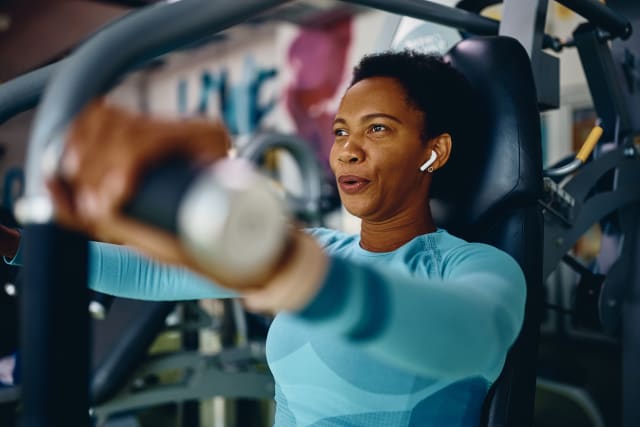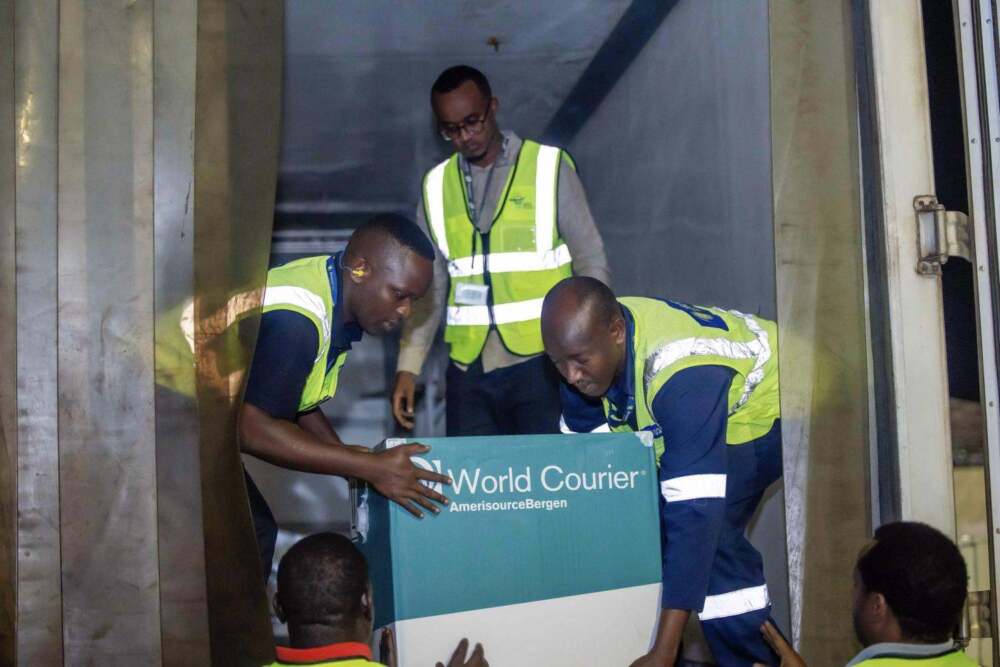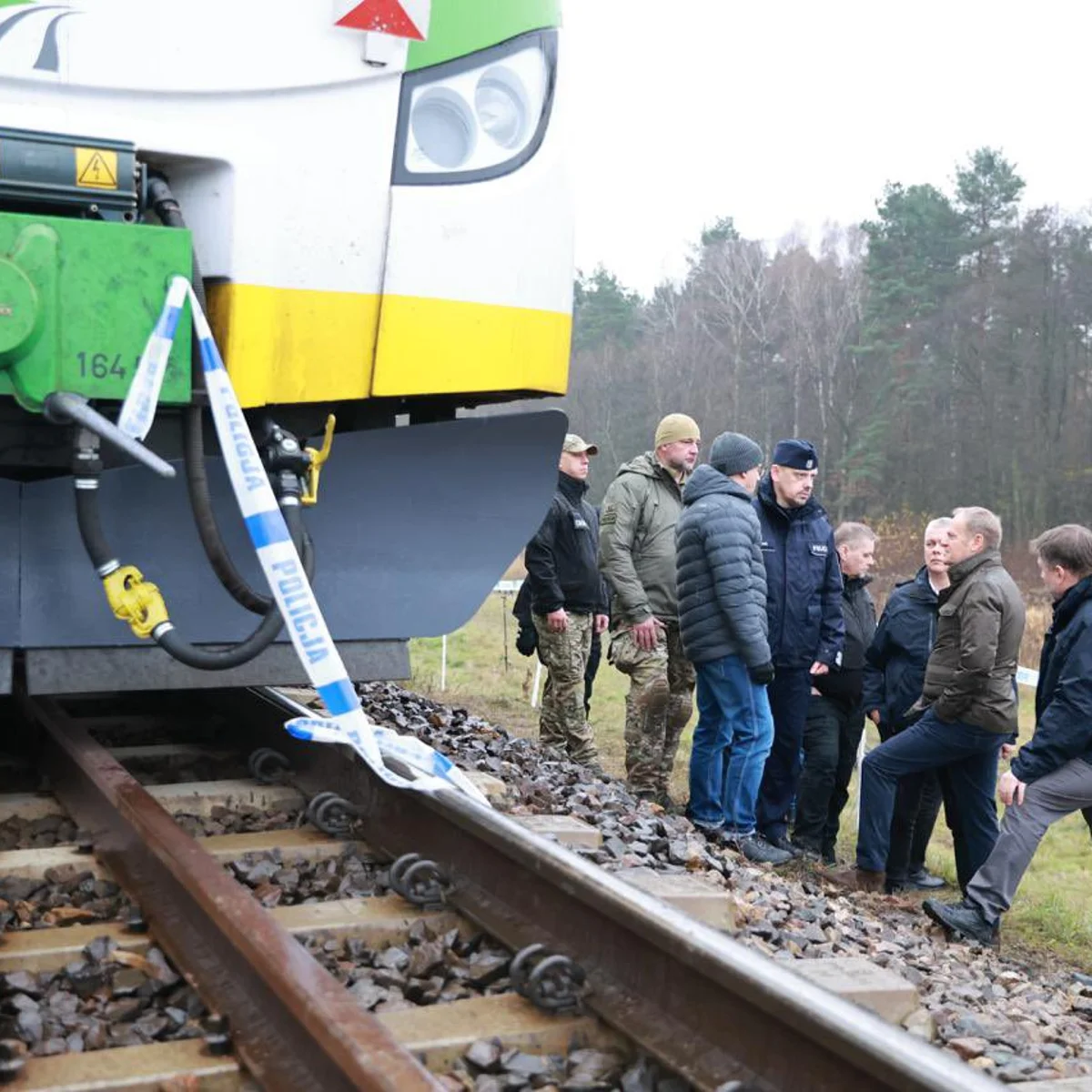As people enter their 50s and beyond, fitness goals often shift from chasing record lifts to preserving mobility, balance and independence. According to veteran personal trainers, the muscle most essential to focus on during this stage of life is found in the backside – the gluteal muscles, commonly known as the “glutes.”
Why the Glutes Matter
The glutes play a central role in many everyday movements: standing from a chair, climbing stairs, walking, turning and maintaining upright posture. When these muscles weaken, the consequences can ripple across the body:
- Poor glute strength can contribute to back pain, since weak hips force the lower back to compensate.
- Knee and hip joints may take more stress when the glutes aren’t doing their share of stabilising and power generation.
- Balance and gait stability worsen when hip‑extension strength is deficient — increasing fall risk or limiting confidence in movement.
In short: strong glutes help anchor the body and support functional movement patterns, which become increasingly important as we age.
What Trainers Recommend After 50
Working with clients over 50, many trainers emphasise glute‑focussed exercises and functional movement patterns. Key recommendations include:
- Incorporating hip‑hinge and glute‑bridge movements that activate the glute maximus and medius — the major glute muscles responsible for hip extension and lateral stability.
- Performing step‑ups, lunges, or single‑leg variants to build strength and coordination in unilateral (one‑side) movements, which are particularly valuable as asymmetries tend to increase with age.
- Prioritising full range of motion and control rather than heavy loads — older adults benefit more from stable, quality movement than from chasing high weights with poor technique.
- Training balance and power along with strength: glute‑centric work helps with both, because hip extension is core to explosive movements (such as getting up quickly) and steady gait.
Age‑Related Considerations
After age 50, muscle mass and power naturally decline (a process known as sarcopenia), and functional reserve shrinks. The good news: the glutes remain very trainable if given the right stimulus. A few key caution points for this age group:
- Warm‑up thoroughly and allow adequate recovery: the older body needs more care in preparation and rest.
- Be mindful of joint issues: hip, knee or back conditions may require exercise modifications (e.g., glute bridges instead of deep lunges).
- Focus on consistency: even moderate weight or body‑weight glute work done 2–3 times weekly offers outsized benefits for mobility and resilience.
- Combine strength with movement variety: glute strength is foundational, but full‑body integration (core, upper body, flexibility) rounds out the benefits.
Long‑Term Benefits
By centring training around the glutes, individuals over 50 can unlock several long‑term perks:
- Improved posture and reduced lower‑back strain.
- Stronger, more stable hips and knees, which support walking, stair climbing and daily function.
- Enhanced power and quicker recovery from falls or trips — important for maintaining independence.
- A better foundation for whole‑body movement, meaning that upper‑body or cardio efforts become safer and more effective.
Final Word
While so many fitness programmes highlight abs, chest or biceps, the glutes deserve primacy for people over 50. Trainers consistently identify them as the “linchpin” muscle group for ageing‑well: strong hips, strong movement, strong life. If you’re over 50 and want one muscle group to prioritise — start with the glutes, train them well, and the rest of your body will thank you.
















Leave a Reply